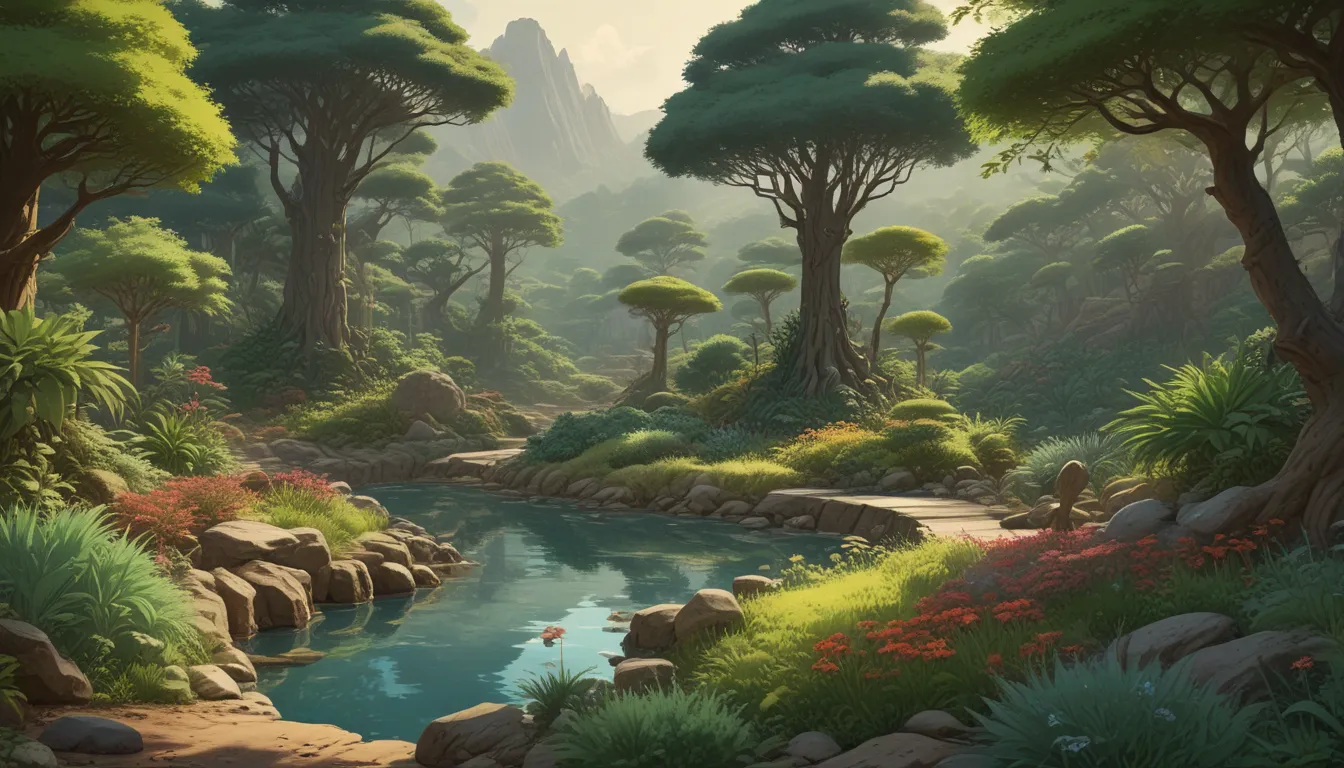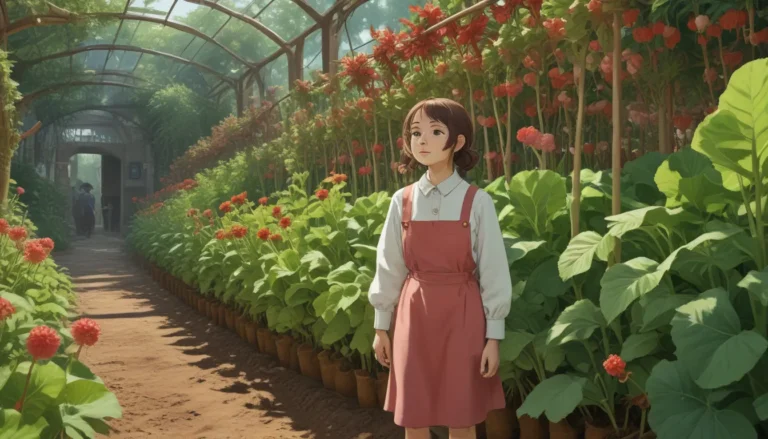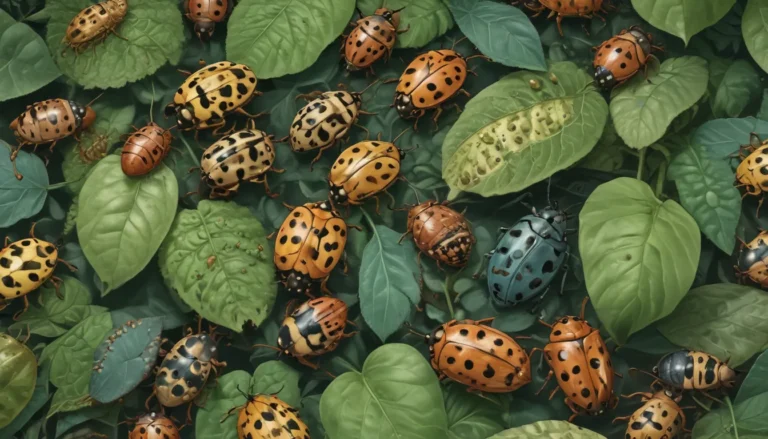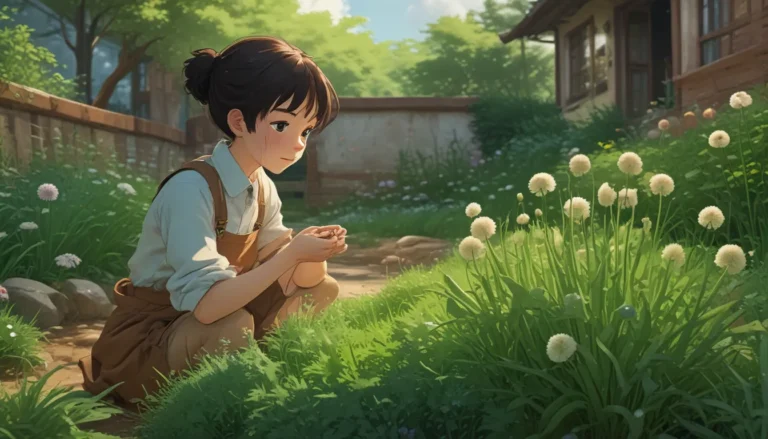Xerophytic Garden Design: Creating Sustainable, Water-Saving, and Beautiful Landscapes

Are you looking to create a sustainable and environmentally-friendly garden that conserves water while still being visually appealing? If so, xerophytic garden design might be the perfect fit for you.
Xerophytic gardening is the process of designing a garden or landscape that thrives in dry conditions and requires minimal water. By utilizing plants known as xerophytes, which are species adapted to survive and even flourish in drought conditions, you can create a beautiful garden that conserves water and supports local wildlife.
In this comprehensive guide, we will explore everything you need to know about xerophytic garden design, from understanding what xerophytes are to planning and implementing your own water-saving garden. Let’s dive in and discover the world of xerophytic gardening together!
What Are Xerophytes?
Xerophytes are plant species that have adapted to require less water than most plants to maintain good health. These plants exhibit fascinating adaptations that help them thrive in harsh climates such as deserts or arid plains.
There are three main types of xerophytes:
- Ephemerals: Short-lived species that sprout quickly after rainfall and then die off.
- Non-Succulents: Plants that use their roots and trunks to maintain water supply.
- Succulents: Plants that store water in their leaves, stems, or roots.
These adaptations include features like thick, fleshy leaves, small leaf size to reduce water loss, specialized root systems, and modifications in the photosynthesis process to conserve water. By incorporating these adaptations, xerophytes can thrive in arid environments and make excellent choices for water-saving gardens.
Benefits of Xerophytic Garden Design
Gardening with xerophytes offers a multitude of benefits, both for the environment and the gardener. By planting drought-resistant species, you can:
- Conserve water and reduce water consumption.
- Create sustainable, low-maintenance landscapes.
- Provide habitat and food sources for local wildlife.
- Reduce the need for constant watering and maintenance.
- Enhance the beauty of your garden with unique and colorful plantings.
Xerophytic garden design is not only practical but also environmentally responsible. By choosing plants that require minimal water and care, you can create a thriving garden that contributes to the health of your local ecosystem.
Planning a Xerophytic Garden
Planning and designing a xerophytic garden involves several key steps to ensure the success of your project. Here’s a comprehensive guide to help you create a water-saving and visually stunning garden:
Assess the Land
Before you start planting, assess the land where your garden will be installed. Take note of factors such as sunlight exposure, soil type, drainage, wind patterns, and existing structures. Understanding these conditions will help you select the right plants for your garden.
Assess Your Needs
Make a list of your goals and preferences for the garden. Determine the layout, amenities, and overall look you want to achieve. Consider factors like walkways, seating areas, and existing landscaping features. Create a visual representation of your design to guide you through the planning process.
Analyze Results
Analyze the information you’ve collected about your property’s conditions and your design goals. Identify areas with specific water requirements and match them with suitable xerophytic species. Consider factors like plant textures, colors, growth habits, and maintenance needs when selecting plants.
Consider the Candidates
Research and select xerophytic plants that align with your design goals and growing conditions. Choose plants that can thrive in your climate, soil type, and sunlight exposure. Consider factors like mature height, bloom period, and maintenance requirements to create a cohesive and visually appealing garden.
Choosing Xerophytic Plants
Select plants that possess key adaptations to thrive in your specific environment. For example, choose succulents for arid desert regions, species with complex root systems for salt marshes, and hardy varieties for extreme climates. Incorporate a mix of native species and ornamental plants to create a diverse and resilient landscape.
By following these steps and selecting the right plants for your garden, you can create a beautiful and water-saving xerophytic landscape that enhances the beauty of your property while conserving water and supporting local wildlife.
Water-Conscious Gardening Without Sacrificing Beauty
Creating a water-conscious garden doesn’t mean sacrificing beauty. With thoughtful planning and the right plant selection, you can achieve a stunning and sustainable landscape that thrives in dry conditions. By embracing xerophytic garden design, you can create a water-saving garden that contributes to the health of your local ecosystem and provides a beautiful retreat for you to enjoy.
Are you ready to transform your outdoor space into a water-saving oasis? Get started with xerophytic gardening today and enjoy the benefits of a sustainable and environmentally-friendly landscape. If you have any questions or need guidance on designing your xerophytic garden, feel free to reach out – we’re here to help you every step of the way!
Creating a xerophytic garden can transform your outdoor space into a water-saving and visually stunning landscape. By incorporating drought-resistant plants and thoughtful design elements, you can create a sustainable and environmentally-friendly garden that enhances the beauty of your property while conserving water. Embrace xerophytic garden design and enjoy the benefits of a thriving and resilient landscape that supports local wildlife and contributes to the health of the planet.





